Natural pesticides versus chemical pesticides
The use of chemical pesticides in your garden or yard can lead to many unintended consequences. For instance, if you apply a chemical pesticide before a heavy rain most of it will wash away, missing its intended target, and likely end up contaminating and possibly killing critters that are beneficial to the environment. In addition to potentially polluting an area you didn’t intend to spread it to, these treatments are full of harsh man-made chemicals that are not necessarily safe for the environment. This article will explain a few natural pesticides that are not only safe for your plants and critters you do not want to harm a few of them are also completely safe for your children or pets.
Diatomaceous earth
Diatomaceous earth is a sedimentary rock made up of fossilized algae and makes up about 25% of the Earth’s crust by weight. So there is plenty to go around! You can buy it by the bag at any nursery or gardening store. It works because it’s abrasive so crawling insects do not like to move across or burrow through it (especially snails, grubs, or slugs).
Diatomaceous earth also has affinity it has for absorbing lipids it will quickly rid your yard or garden of any unwanted insects. The way it does this is by dehydrating these insects it contacts by draining their exoskeletons through the absorption of the lipids within their exoskeleton. The best part about using it, is it is totally safe around kids and pets!
How to use Diatomaceous Earth
This is very easy to use in your yard and garden. Just spread a light dusting of it on any problem areas you have been experiencing. One thing to keep note of when using diatomaceous earth, is it has a tendency to absorb lots of water from rain which reduces its effectiveness. To combat this, you will want to keep an eye on the weather and avoid spreading it if you know it is going to rain; along with that it is also a good idea to reapply it after it rains to maintain its effectiveness.
Neem oil
Neem oil is an extract from the seeds of the neem tree, which makes it another natural pesticide that is safe for use around kids and pets. In addition to being a powerful natural pesticide, it can also be used as a fungicide if you are having problems with fungi in your gardens or on house plants. Like diatomaceous earth, neem oil can usually be found in the gardening stores and home supply centers. Typically it’s sold in a concentrated form as an oil. A little goes a long way and be forewarned, it does not smell pleasant. The smell with dissipate quickly but if using indoors, plan ahead to be able to open your windows.
How to make your own neem oil spray
If you are interested in mixing your own spray, which in most cases would be cheaper, just mix a couple teaspoons of neem oil with a teaspoon of mild liquid soap and a quart of water. After mixing this combination thoroughly, it is ready to be sprayed on plants that you have noticed being eating by insects. The way it works is by acting as a hormone disruptor for any insect that decides to try and make a meal out of plants in your garden. Put a little more simply, it will make any insects that eat it unable to perform their normal bodily functions. Eventually they will die from ingesting any of the neem oil mix you have put on your plants.
Tomato leaf insecticide
Believe it or not, the leaves of the tomato plant are poisonous. The tomato plant is a member of the nightshade family, so you can use this to your advantage to effectively combat an aphid infestation or something similar in your garden while avoiding the use of harsh chemicals. This is just another great way to ensure you are using chemical free pesticides within your garden, it is good for your garden and will not harm any ecosystems it may be washed into from the rain.
How to make your own tomato leaf spray
All you need to do to make tomato leaf insecticide, is chop up about 2 or 3 cups of leaves from a tomato plant or plants and let them sit in a quart of water overnight. In the morning, use a strainer to get all the chopped up leaves out of the water and put the remaining liquid in a spray bottle. After you do this, it is ready for use! It’s really that simple, all you need to do to use it is spray it onto plants in your garden if you suspect they might have a run in with aphids or another insect that thinks they will make a meal out of the plants in your garden.

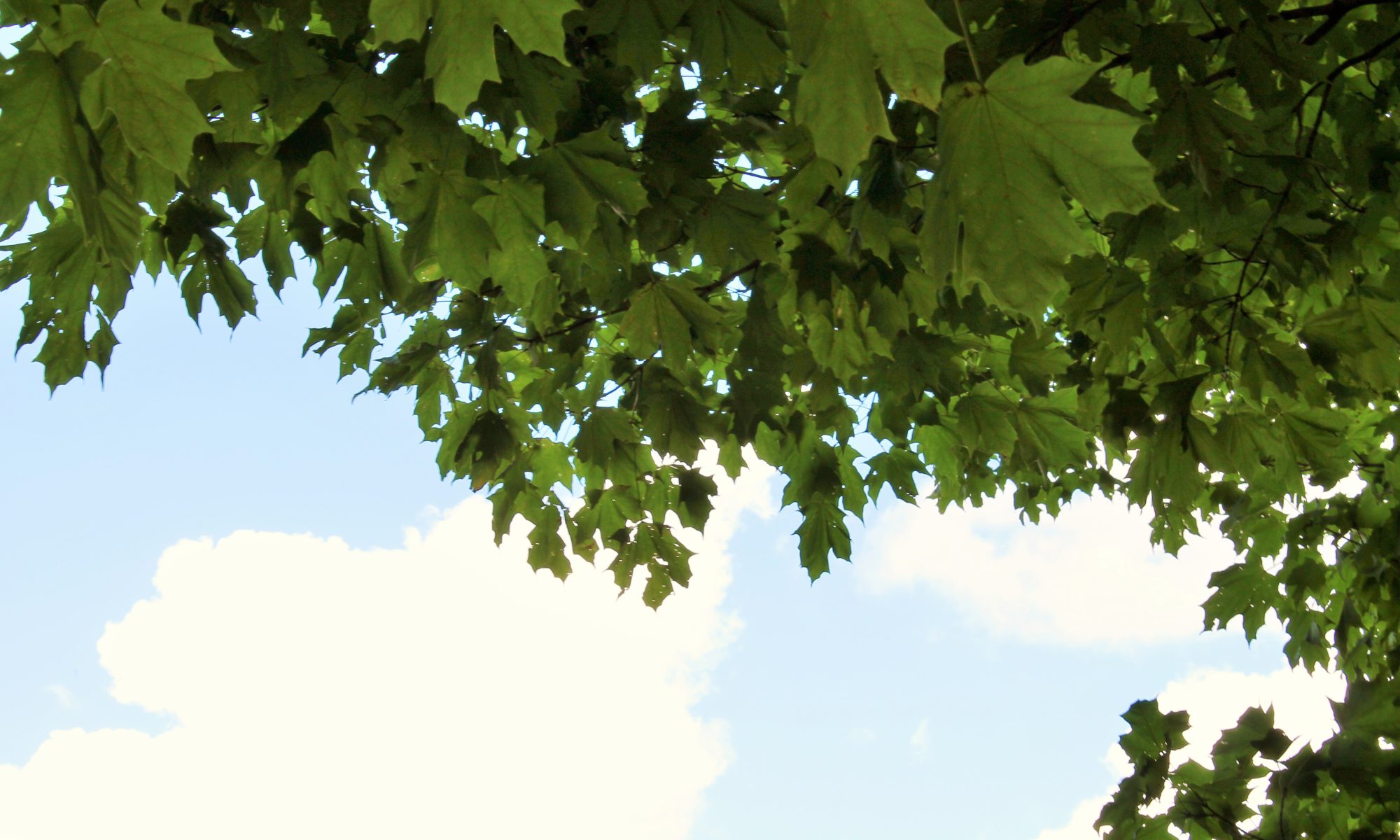
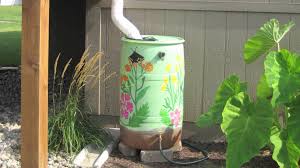



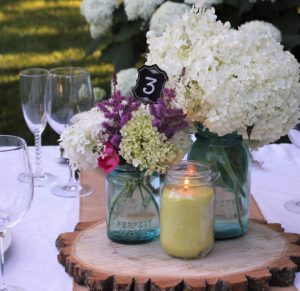
 These plants — Citronella Geranium, Lemongrass, Eucalyptus, Lavender, Rosemary, Tea Tree and many herbs — have been proven to ward off pesky insects. And the essential oil of these plants is the super concentrated form. But a vial of essential oil can be hard to find, expensive, and comes with a bit of learning curve if you’re going to use the raw form. And besides, who has time for another DIY project?
These plants — Citronella Geranium, Lemongrass, Eucalyptus, Lavender, Rosemary, Tea Tree and many herbs — have been proven to ward off pesky insects. And the essential oil of these plants is the super concentrated form. But a vial of essential oil can be hard to find, expensive, and comes with a bit of learning curve if you’re going to use the raw form. And besides, who has time for another DIY project? This garden favorite is easy to grow and versatile in so many dishes, make sure you plant lots because you’ll always find a use for it! Basil can be started from seed directly in the garden but will take some time to harvest. Planting from seedling will give you quicker results. Basil prefers full sun, well-drained but consistently moist soil, and needs warmth to grow. If your soil dries out quickly, mulch around the base of the plant (be sure to choose organic mulch!). It does have a tendency to flower so be sure to trim off blossoms to promote growth (they are edible!). Not fussy, basil just needs regular watering and occasional fertilizer. The more you harvest, the faster it grows and will keep producing until the first heavy frost.
This garden favorite is easy to grow and versatile in so many dishes, make sure you plant lots because you’ll always find a use for it! Basil can be started from seed directly in the garden but will take some time to harvest. Planting from seedling will give you quicker results. Basil prefers full sun, well-drained but consistently moist soil, and needs warmth to grow. If your soil dries out quickly, mulch around the base of the plant (be sure to choose organic mulch!). It does have a tendency to flower so be sure to trim off blossoms to promote growth (they are edible!). Not fussy, basil just needs regular watering and occasional fertilizer. The more you harvest, the faster it grows and will keep producing until the first heavy frost. Mosquitoes hate the scent! Especially Lemon Basil and Cinnamon Basil – combine a few plants in your patio containers to keep the bugs away. The full foliage makes a nice addition to containers; just rustle the leaves for a burst of scent; and you’ll have ready access to herbs for dinner. Old-time gardeners always planted basil near tomatoes, peppers, and asparagus to repel thrips and beetles. Folklore also goes that basil planted near tomatoes make the fruit sweeter. Definitely worth a try and you’ll need both ingredients for our killer Caprese recipe (
Mosquitoes hate the scent! Especially Lemon Basil and Cinnamon Basil – combine a few plants in your patio containers to keep the bugs away. The full foliage makes a nice addition to containers; just rustle the leaves for a burst of scent; and you’ll have ready access to herbs for dinner. Old-time gardeners always planted basil near tomatoes, peppers, and asparagus to repel thrips and beetles. Folklore also goes that basil planted near tomatoes make the fruit sweeter. Definitely worth a try and you’ll need both ingredients for our killer Caprese recipe (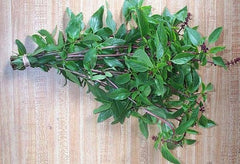 Basil can be harvested as needed but try to pick in the morning as the taste will be the sweetest. To pick, just snip leaves off the plant or cut a whole stem (the latter will cause plant to bush out more). Rinse leaves in cool water and spread on towels or use a salad spinner to dry out. If you aren’t using right away, submerge stems in water as with a flower bouquet until ready to use. Do not store in the refrigerator as this will affect taste. To strip leaves off stems, just hold upside and run fingers down the length of the branch.
Basil can be harvested as needed but try to pick in the morning as the taste will be the sweetest. To pick, just snip leaves off the plant or cut a whole stem (the latter will cause plant to bush out more). Rinse leaves in cool water and spread on towels or use a salad spinner to dry out. If you aren’t using right away, submerge stems in water as with a flower bouquet until ready to use. Do not store in the refrigerator as this will affect taste. To strip leaves off stems, just hold upside and run fingers down the length of the branch.


 Milkweed grows in a sturdy upright pattern with large leaves that turn from light green to dark green and sometimes to red as they mature. The plant can reach up to six-feet tall and produces a multi-clustered pinkish purple flower that is typically as large as a tennis ball and blooms throughout the summer, if regularly pruned. In addition to Monarchs, many other pollinators will visit these flowers so this plant does well if combined with other flowering plants. If leaves or stalks are broken, they ooze a white, milky substance which gives the plant its name. Large oblong seed pods eventually form with a hard husky shell and are often used in dried floral arrangements. When broken open, the silky seeds will float all over and can be a bit messy.
Milkweed grows in a sturdy upright pattern with large leaves that turn from light green to dark green and sometimes to red as they mature. The plant can reach up to six-feet tall and produces a multi-clustered pinkish purple flower that is typically as large as a tennis ball and blooms throughout the summer, if regularly pruned. In addition to Monarchs, many other pollinators will visit these flowers so this plant does well if combined with other flowering plants. If leaves or stalks are broken, they ooze a white, milky substance which gives the plant its name. Large oblong seed pods eventually form with a hard husky shell and are often used in dried floral arrangements. When broken open, the silky seeds will float all over and can be a bit messy.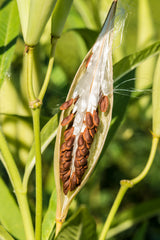 Milkweed requires full sun, light soil, and can handle drier conditions once established. This plant is also perennial (assuming you choose a variety native to your region) and spreads rapidly through a rhizome or taproot growing out from the plant. Planting just a few plants this year will eventually help you establish a large patch over time and will require some cutting back if it outgrows your flowerbed. While Milkweed will not fit every landscape design, there are many ways to include this amazing plant in your garden. Be creative and put the plant’s tall, sturdy structure to use to complement other more delicate plants. Here are just a few ideas to get you started:
Milkweed requires full sun, light soil, and can handle drier conditions once established. This plant is also perennial (assuming you choose a variety native to your region) and spreads rapidly through a rhizome or taproot growing out from the plant. Planting just a few plants this year will eventually help you establish a large patch over time and will require some cutting back if it outgrows your flowerbed. While Milkweed will not fit every landscape design, there are many ways to include this amazing plant in your garden. Be creative and put the plant’s tall, sturdy structure to use to complement other more delicate plants. Here are just a few ideas to get you started: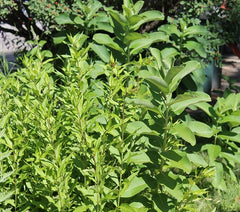 The best and easiest way is to plant a cottage-style garden. These freeform gardens typically include hardy plants such as Hollyhocks, Tall Garden Phlox, Climbing Roses, and Daisies and it’s easy to tuck a few Milkweeds into that mix. As the summer goes, each plant will flower, inviting birds and butterflies from all over. Monarchs will feed from many different plants and you’ll most likely attract lots of other beneficial insects who’ll work hard to pollinate your garden or fruit trees.
The best and easiest way is to plant a cottage-style garden. These freeform gardens typically include hardy plants such as Hollyhocks, Tall Garden Phlox, Climbing Roses, and Daisies and it’s easy to tuck a few Milkweeds into that mix. As the summer goes, each plant will flower, inviting birds and butterflies from all over. Monarchs will feed from many different plants and you’ll most likely attract lots of other beneficial insects who’ll work hard to pollinate your garden or fruit trees.